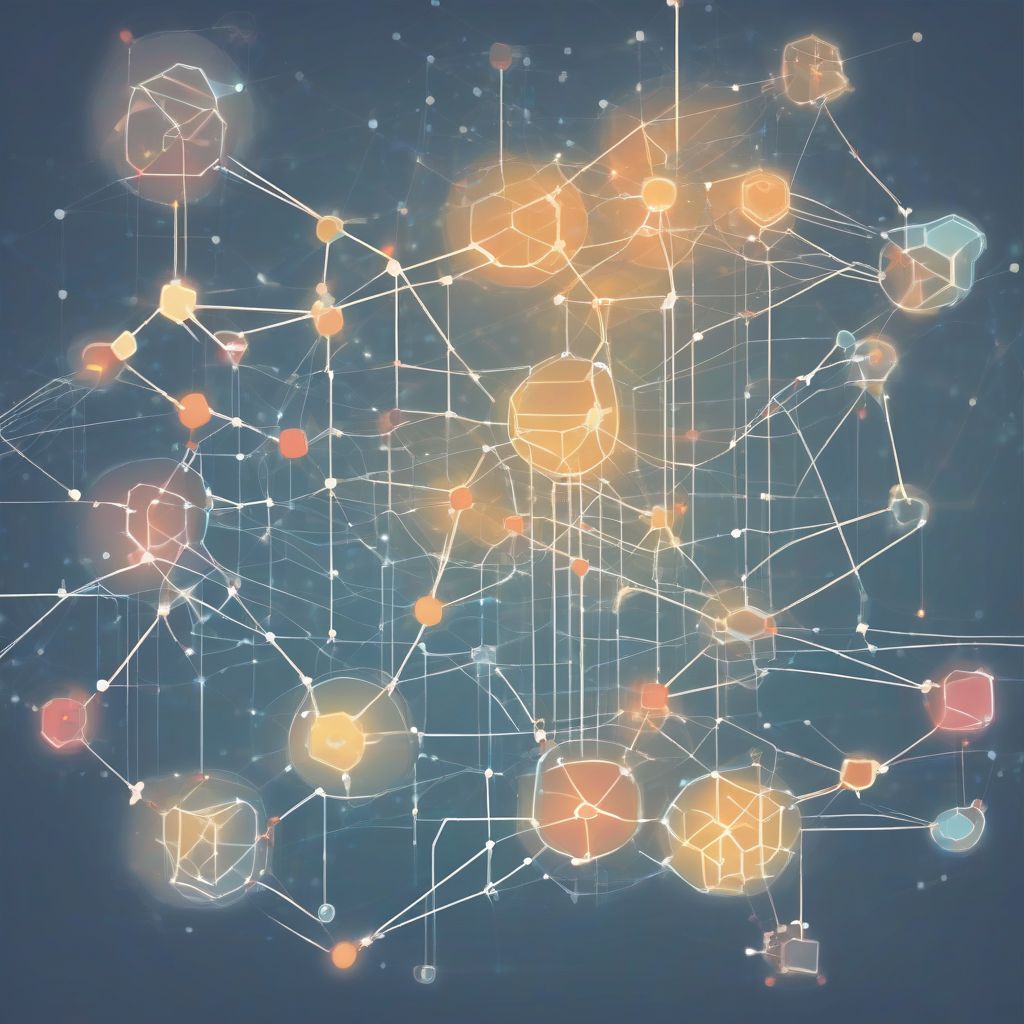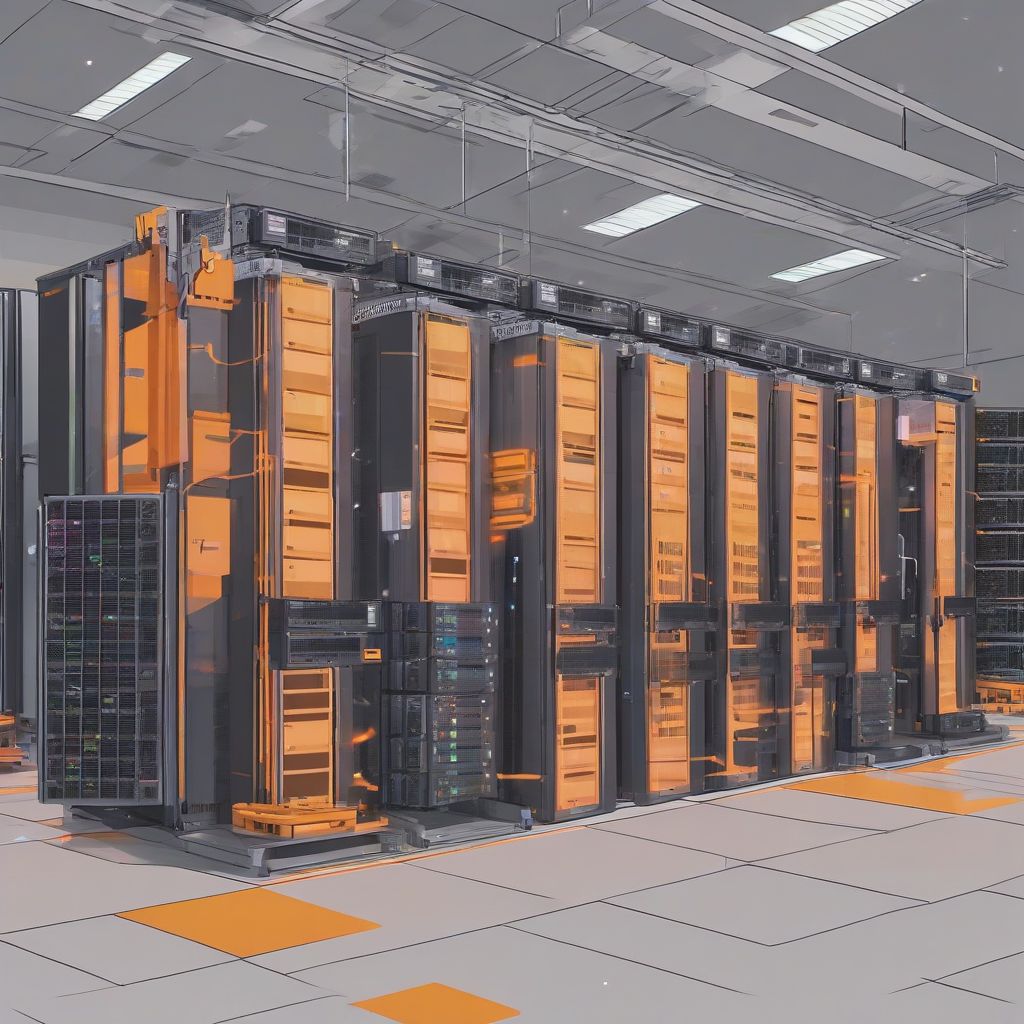Imagine a world where businesses can predict customer behavior, optimize operations, and make data-driven decisions with remarkable accuracy. This is the power of data analytics and machine learning working in synergy. These two fields have evolved from niche technologies to indispensable tools for organizations across industries.
Understanding the Core Concepts
What is Data Analytics?
Data analytics is the process of examining raw data to extract meaningful insights and patterns. It involves collecting, cleaning, transforming, and visualizing data to discover hidden trends, answer critical questions, and support decision-making.
What is Machine Learning?
Machine learning, a subset of artificial intelligence, empowers computers to learn from data without explicit programming. By feeding algorithms massive datasets, machines can identify patterns, make predictions, and improve their performance over time.
data.smbtechconsultants.com/wp-content/uploads/2024/07/data-analytics-machine-learning-66a332.jpg" alt="Data Analytics and Machine Learning" width="1024" height="1024">Data Analytics and Machine Learning
The Power of Combined Forces
When data analytics and machine learning intertwine, they create a formidable force.
1. Enhanced Decision Making
Data analytics provides the insights, while machine learning enables predictive modeling. This combination empowers businesses to anticipate future trends, mitigate risks, and make informed decisions.
2. Personalized Customer Experiences
By analyzing customer data, businesses can use machine learning to personalize marketing campaigns, recommend products, and provide tailored customer service.
3. Streamlined Operations
Machine learning algorithms can optimize complex processes, automate tasks, and improve efficiency in various sectors, from manufacturing to healthcare.
Frequently Asked Questions about Data Analytics and Machine Learning
1. What skills are needed for a career in data analytics or machine learning?
A strong foundation in mathematics, statistics, and programming languages like Python or R is crucial. Familiarity with data visualization tools and machine learning algorithms is also beneficial.
2. What are some real-world applications of data analytics and machine learning?
Applications span diverse fields, including fraud detection in finance, personalized medicine in healthcare, demand forecasting in retail, and autonomous driving in transportation.
Conclusion
Data analytics and machine learning represent a paradigm shift in how we collect, analyze, and leverage information. Their combined power is revolutionizing industries, driving innovation, and shaping a future where data-driven decisions are the norm. Explore the possibilities of these transformative technologies and unlock the potential within your data.
We encourage you to share your thoughts and questions in the comments below. Let’s delve deeper into the fascinating world of data analytics and machine learning!



